Don’t Move, Improve: are these some of London’s best residential extensions?
We celebrate the humble art of house design and architectural improvement in the British capital and reveal the 25-strong shortlist of Don't Move, Improve London-wide competition for 2020
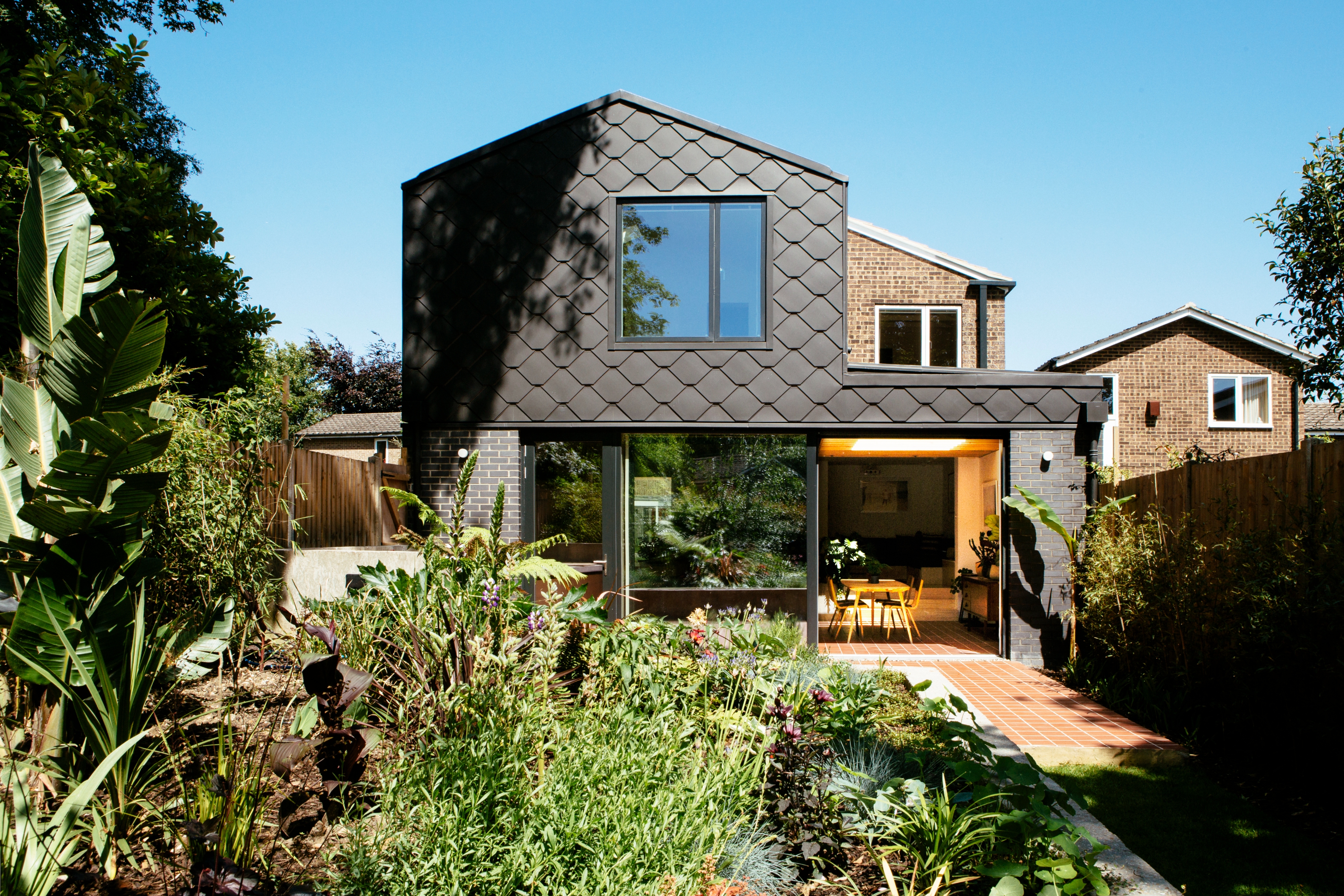
The humble residential commission has been the subject of experimentation for architects for centuries; and nowhere is this more true than in London, where constraints such as high building density, high land and property values and a population of ever-changing appetites make designing for the British capital a challenge on a level all of on its own. As a result, commissions for house extensions, alterations and redesigns are often the bread-and-butter of many London architecture practices.
This is exactly what the citywide competition Don't Move, Improve is all about. Set up ten years ago and ran by the New London Architecture (aka NLA – an independent forum about architecture and construction in the capital), this is a much-awaited showcase of ingenuity when it comes to bespoke design and innovative, everyday, residential architecture.
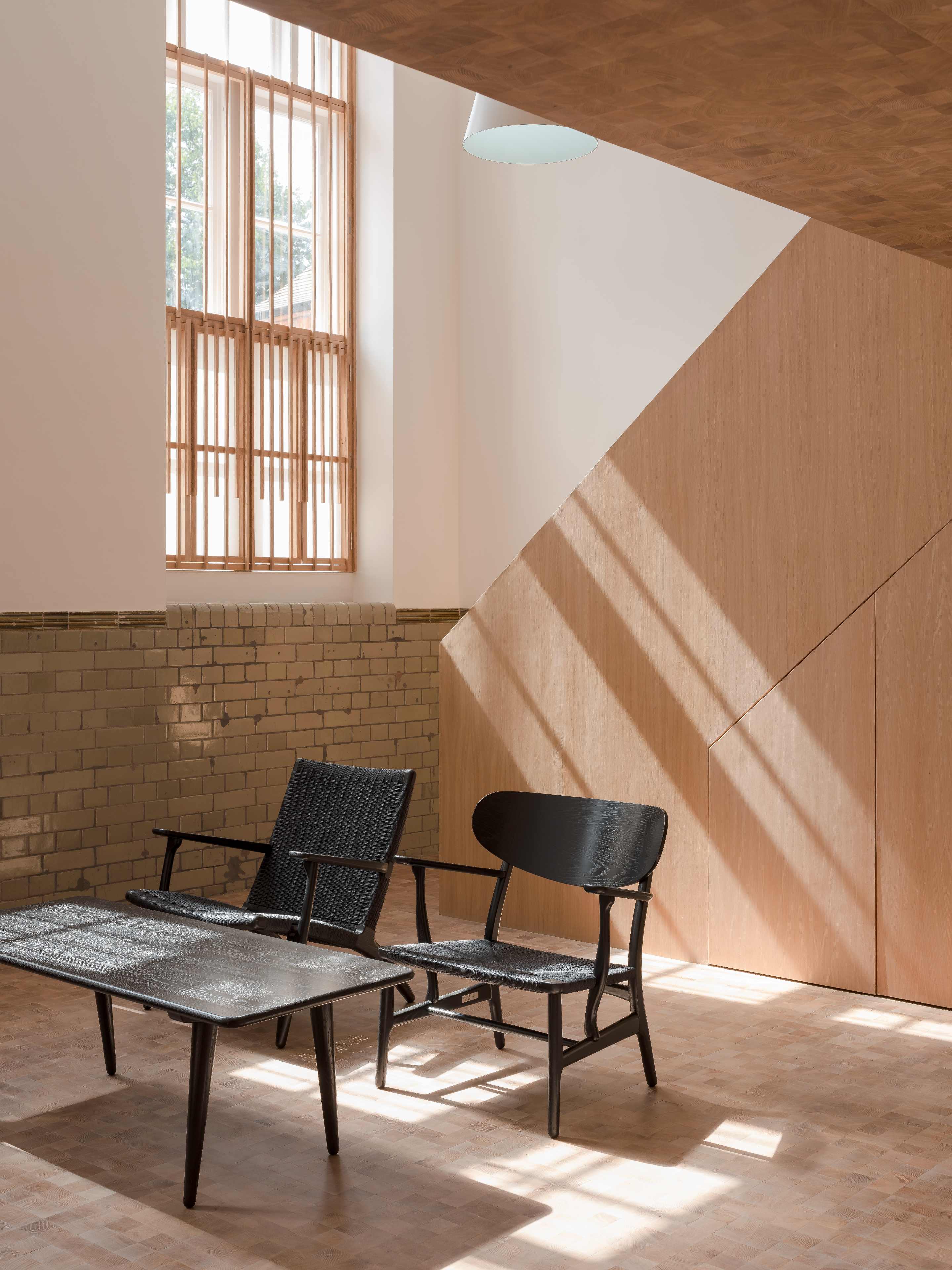
Apartment Block by Coffey Architects.
Excitingly, this shortlist for the best house improvement projects of the past year has just been announced, naming 25 nominated schemes, which range from rear, side and loft extensions to designs where an internal rearrangement and a cleverly placed partition go a long way – proof that you don't always need to change everything (or indeed, move) in order to boost quality of life on the home front. Meanwhile, shortlisted architects span young and established offices, such as Threefold Architects, Coffey Architects, HÛT, DROO Architects and Vine Architecture Studio.
There are highlights aplenty. The list features a chic and immaculately detailed apartment refresh by Coffey Architects in the heart of Clerkenwell; a Scandinavian-inspired rear extension by young architect Oliver Leech in South London; a rather eccentric and beautiful neo-Georgian townhouse redesign by Gundry and Ducker in Islington; and a generous new living space in Lambeth by Proctor and Shaw. There are some masterful moves (Threefold's adding of an extra level to Cloak House, made it almost unrecognisable) and great use of material throughout – wood is a constant protagonist, while terrazzo seems to be having a moment too.

‘Every year the competition is full of fantastic efforts to push the limits of design,' says Tamsie Thompson, London Festival of Architecture director and one of the judges. ‘Whether on a tiny triangular plot in the inner city, or out in the suburbs, the entries show the contribution that good design makes to our capital. We’ve seen amazing diversity of approaches to colour, light and materiality – with some of the bolder designs totally reimagining the arrangement of the standard home. Clearly, fresh ideas are still out there.'
As well as an overall winner, winning designs will also be announced on a further six categories: Urban Oasis of the Year, the Compact Design of the Year, Best Project under £75k, the Environmental Leadership Prize, Most Unique Character Award, and the prize for Materiality and Craftsmanship. All will be revealed during a dedicated ceremony on Tuesday 11 February.
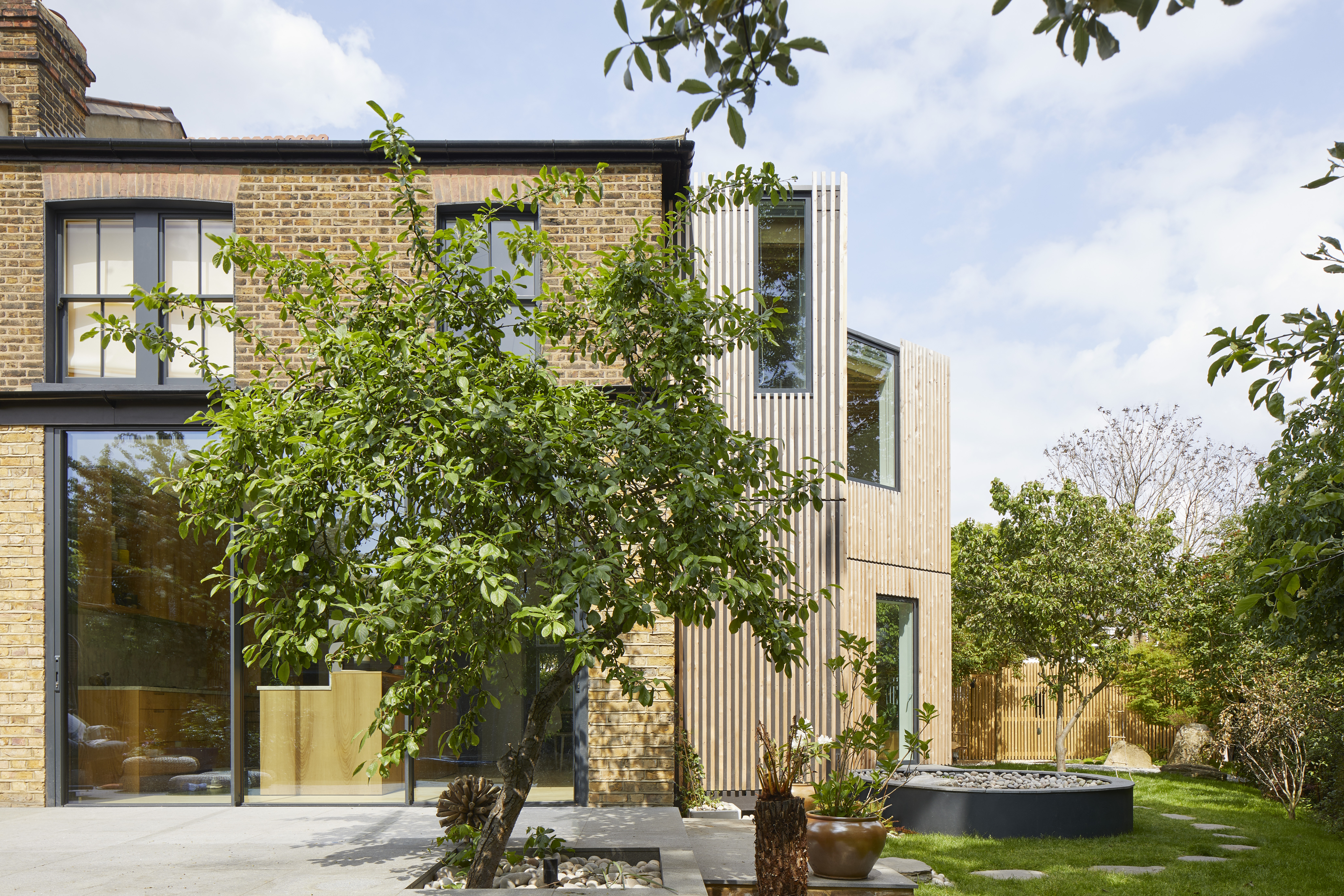
Ash House by R2 Studio Architects.
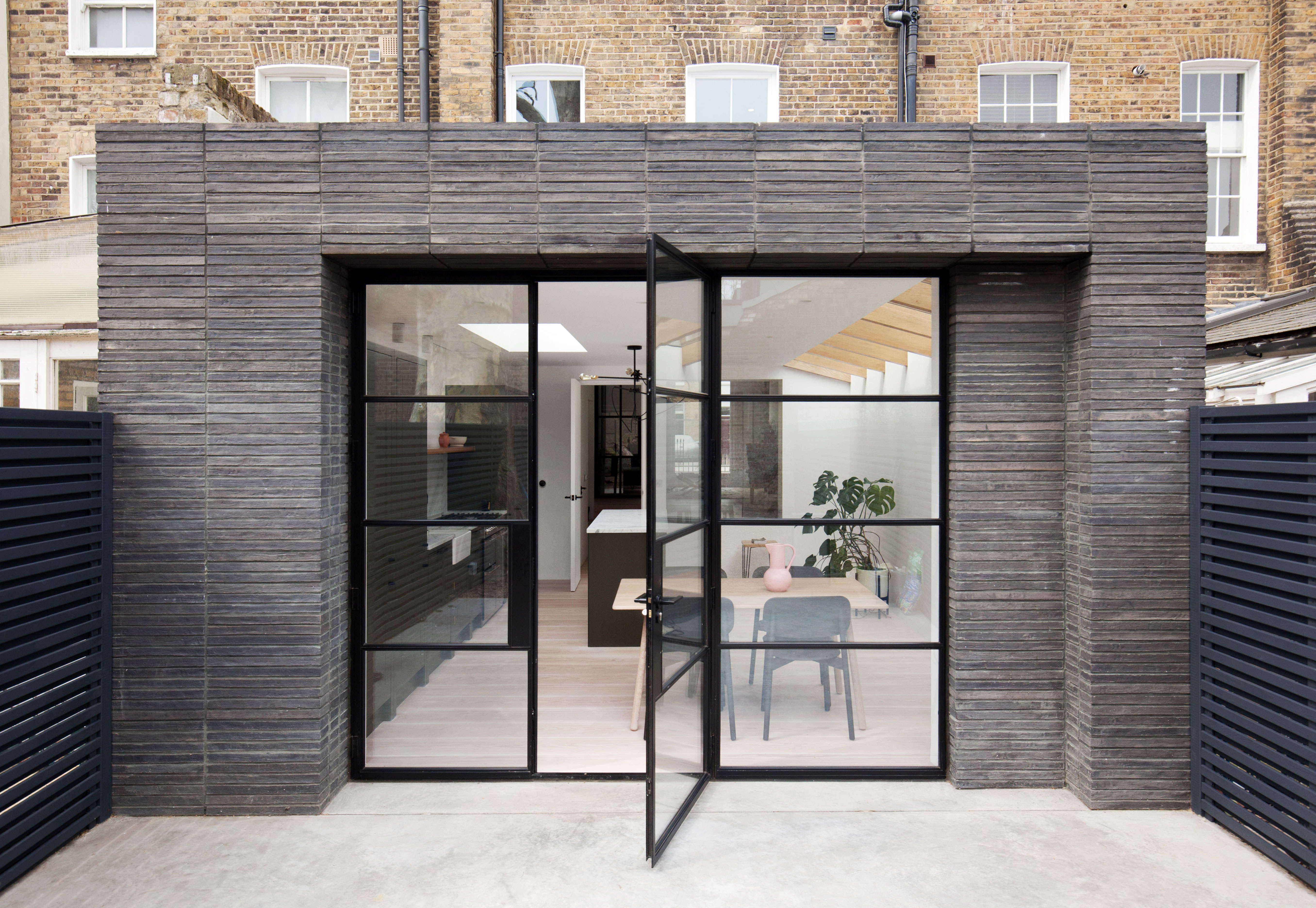
De Beauvoir Townhouse by HÛT.
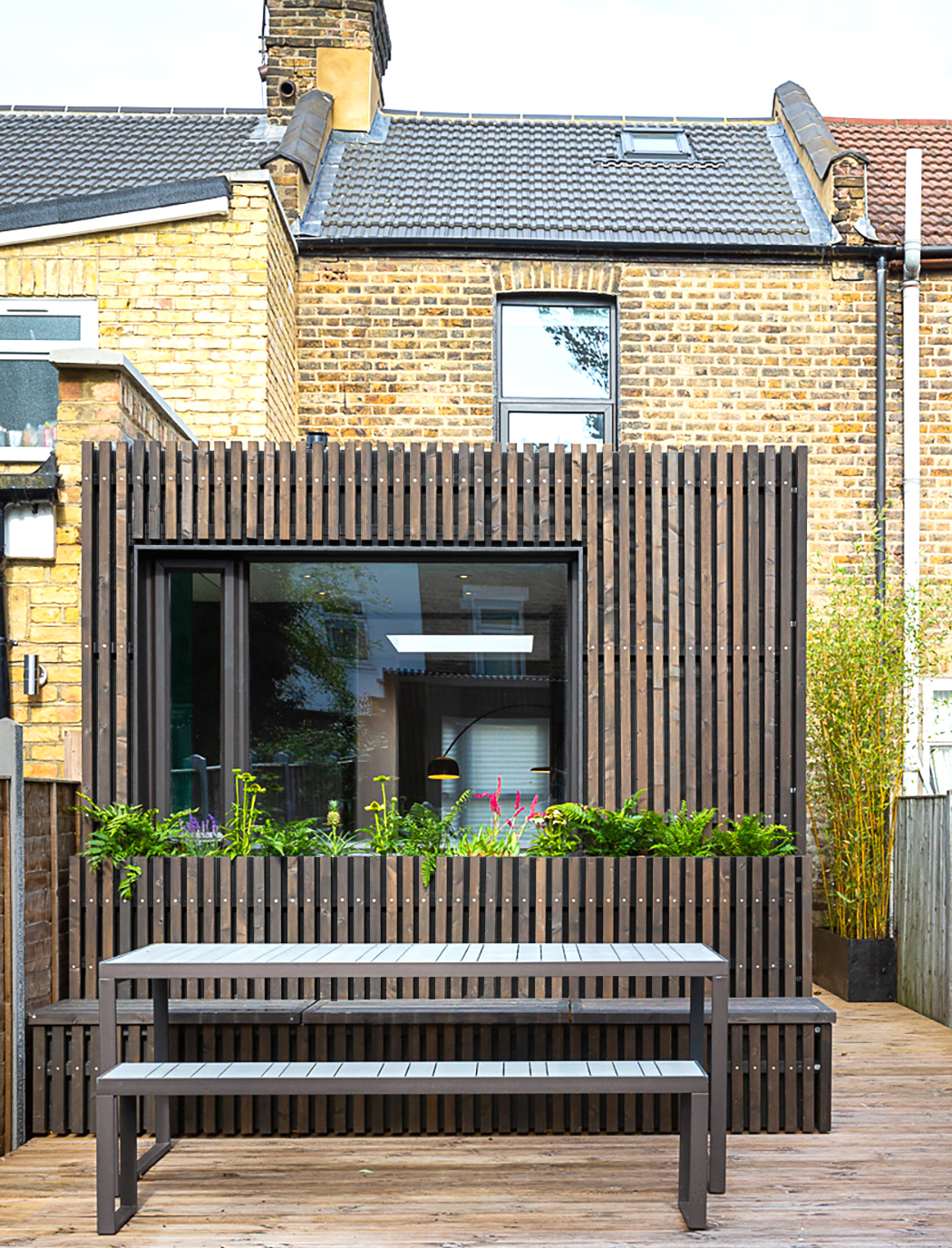
Disappearing Bathroom by Manyu Architects
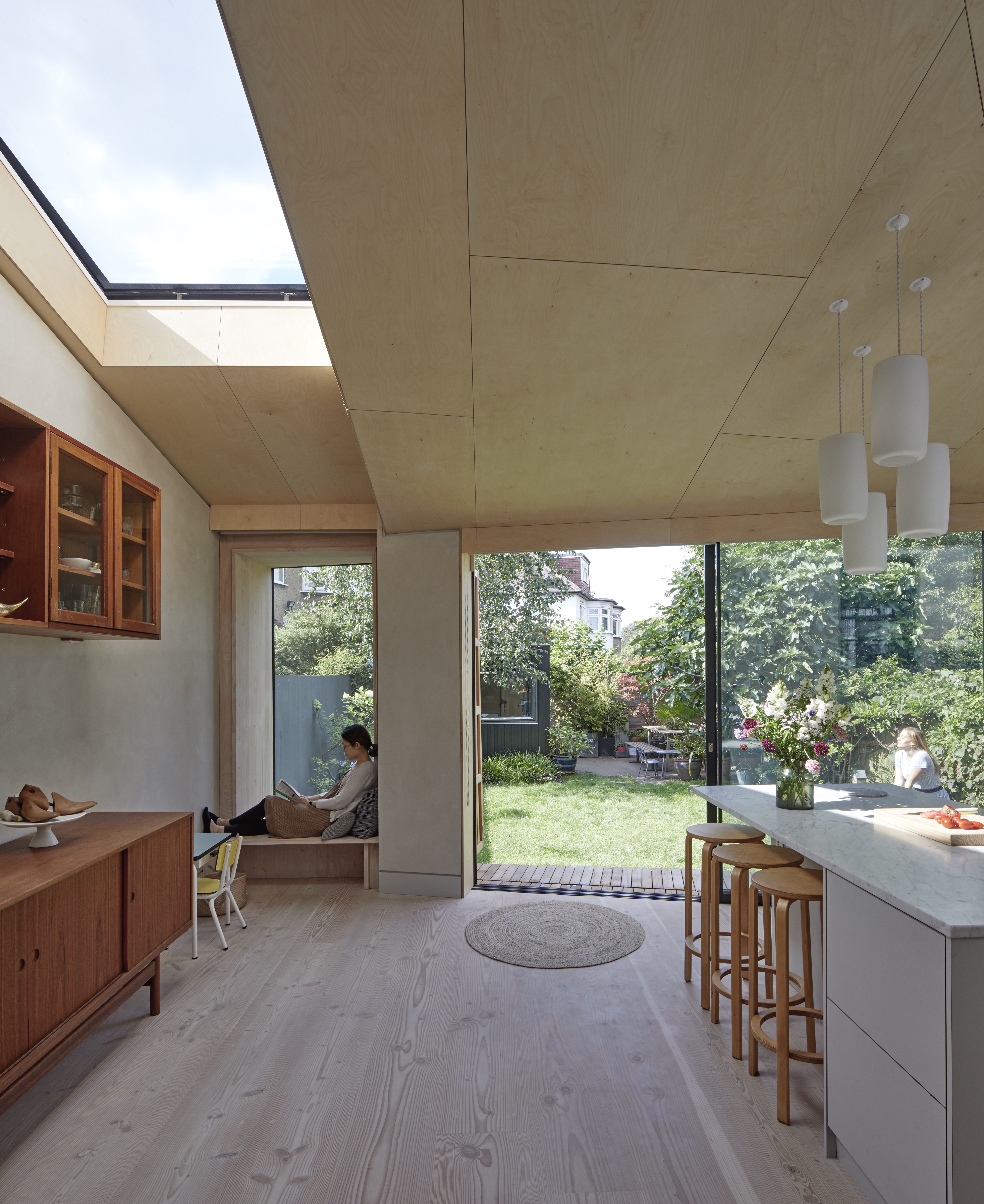
Douglas House by RISE Design Studio.
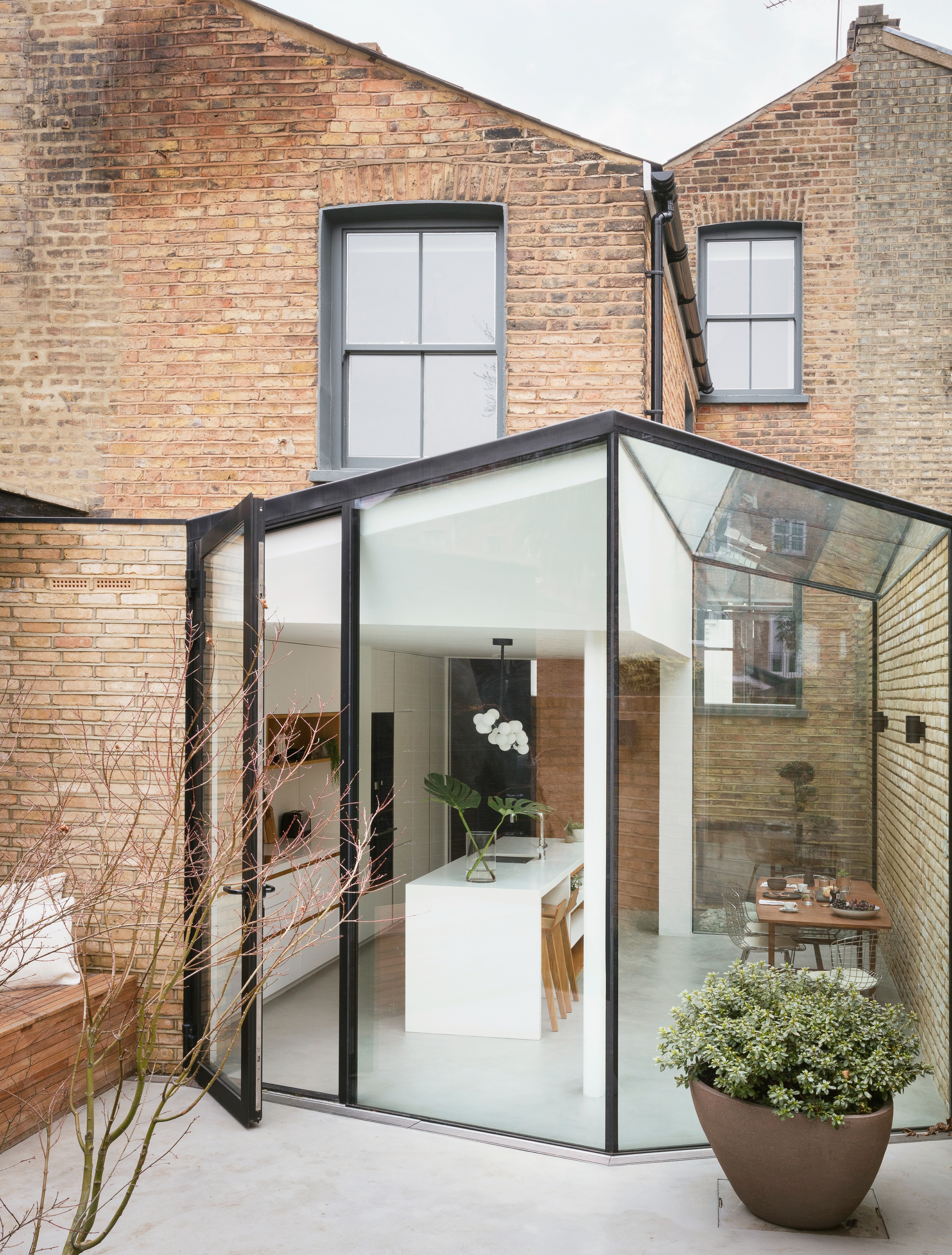
Ellesmere Road by DROO — Da Costa Mahindroo Architects.
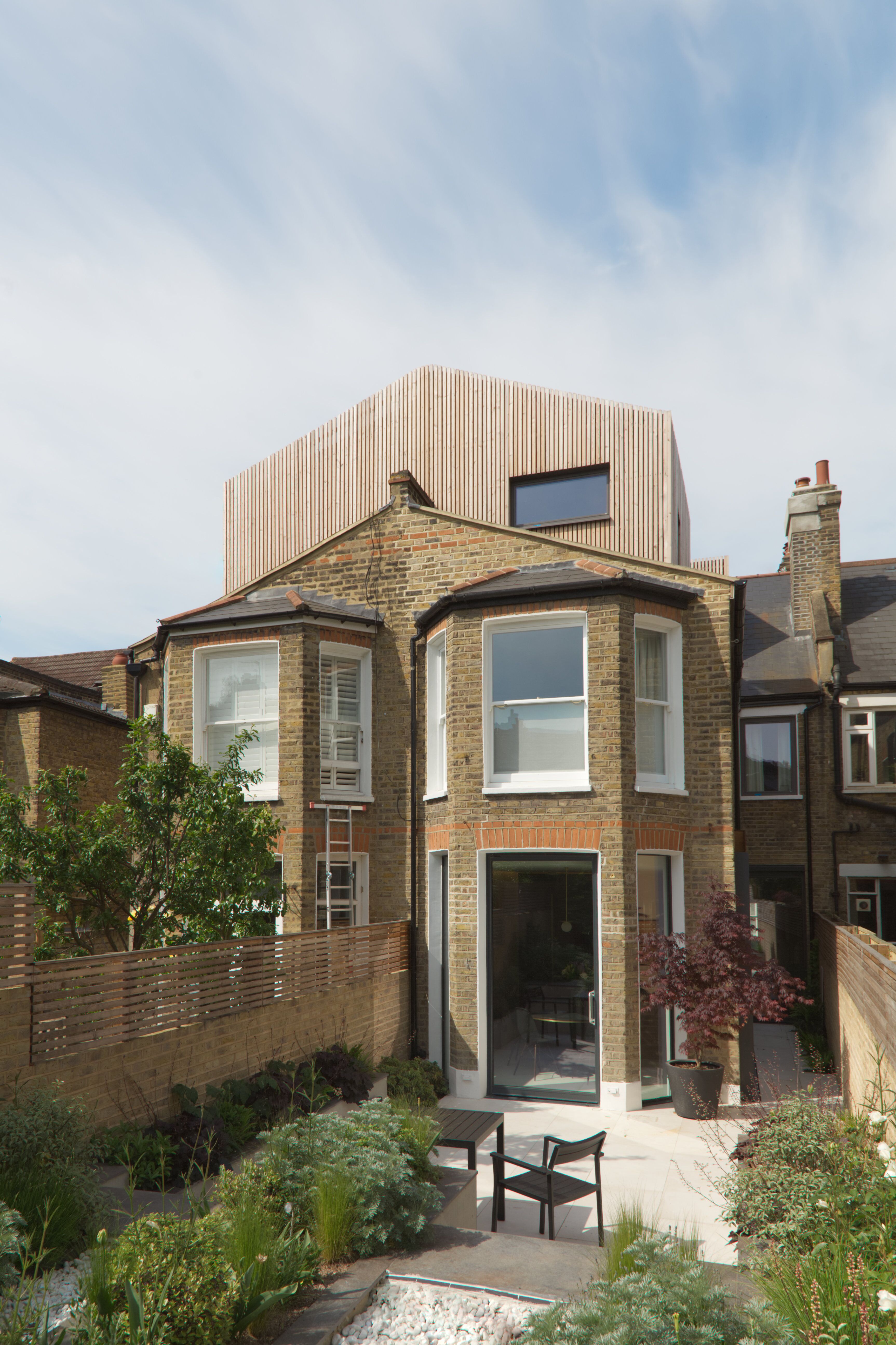
Elmwood Road by Conibere Phillips Architects.
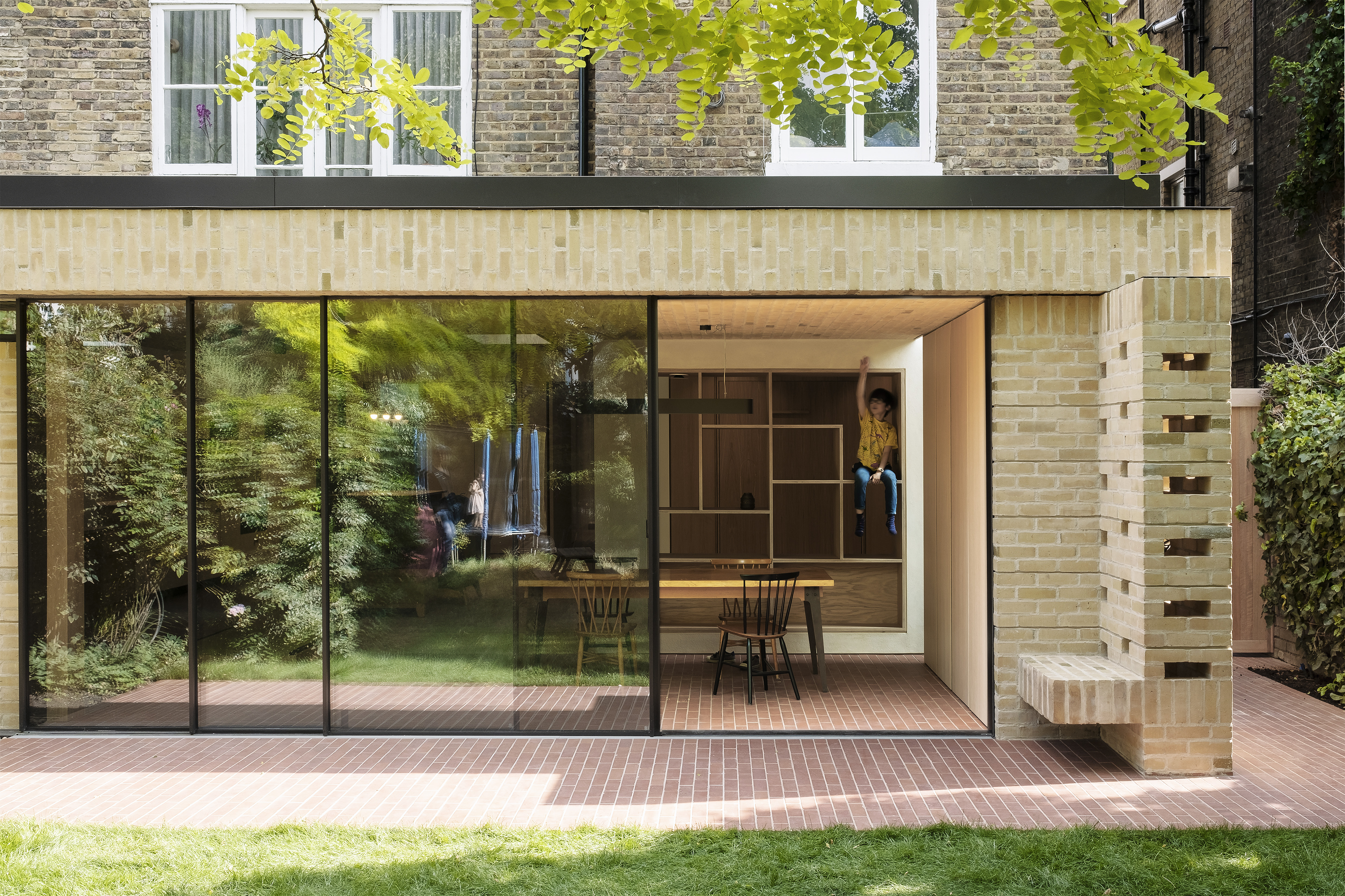
Fresh And Green by Sanya Polescuk Architects.
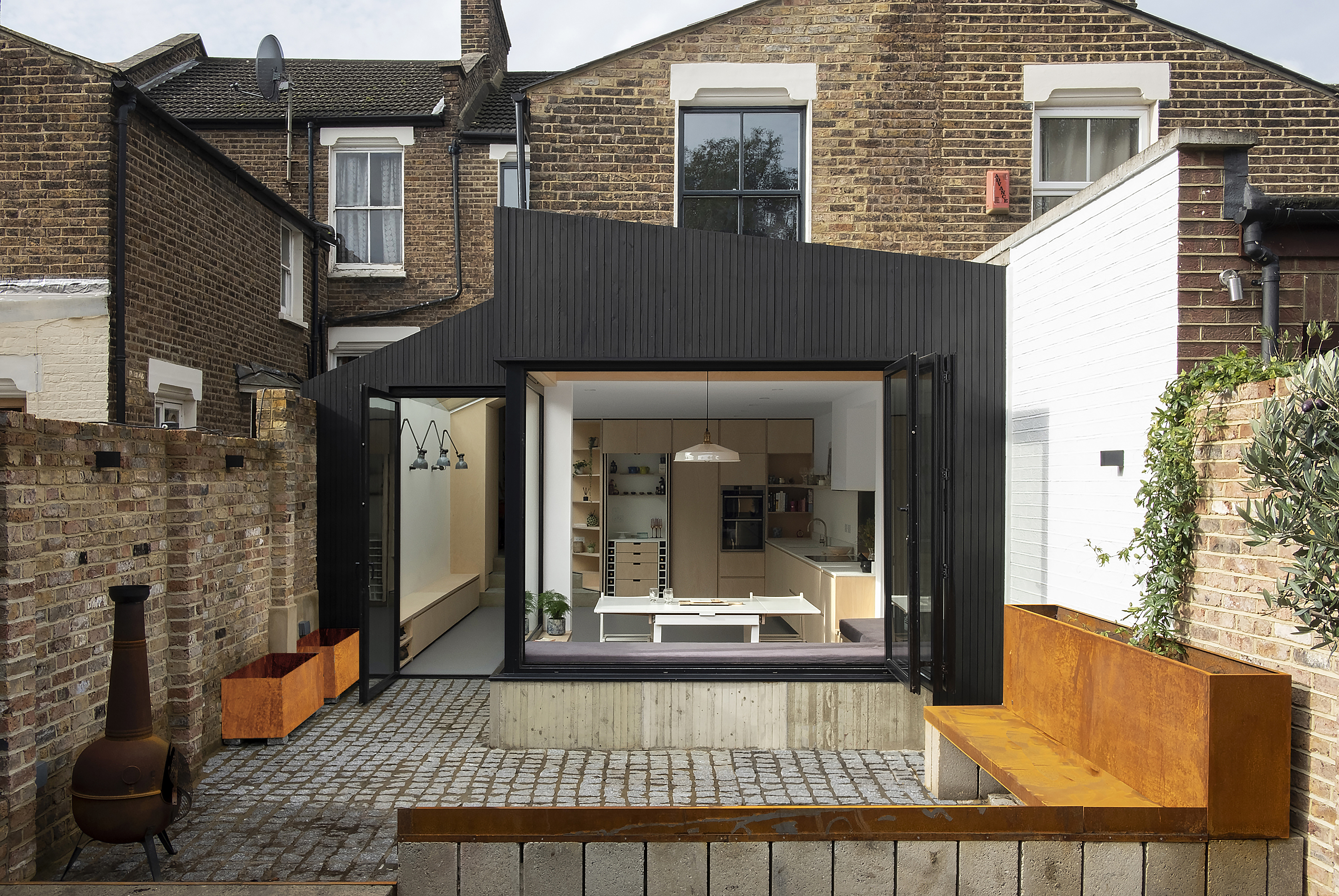
Gellatly Road by DELVE.
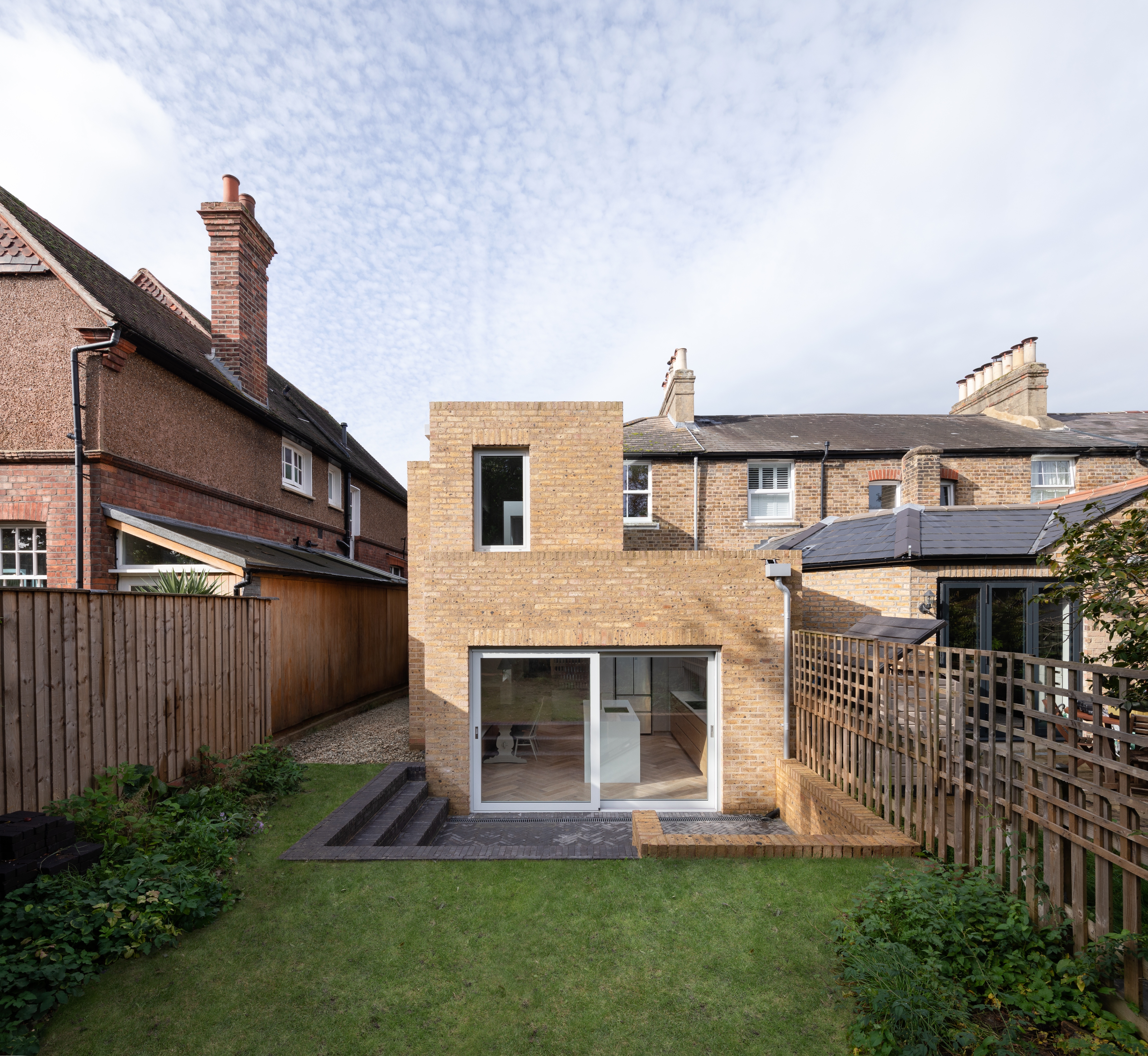
The Step House by Grey Griffiths Architects.

Handen House by Selencky///Parsons.
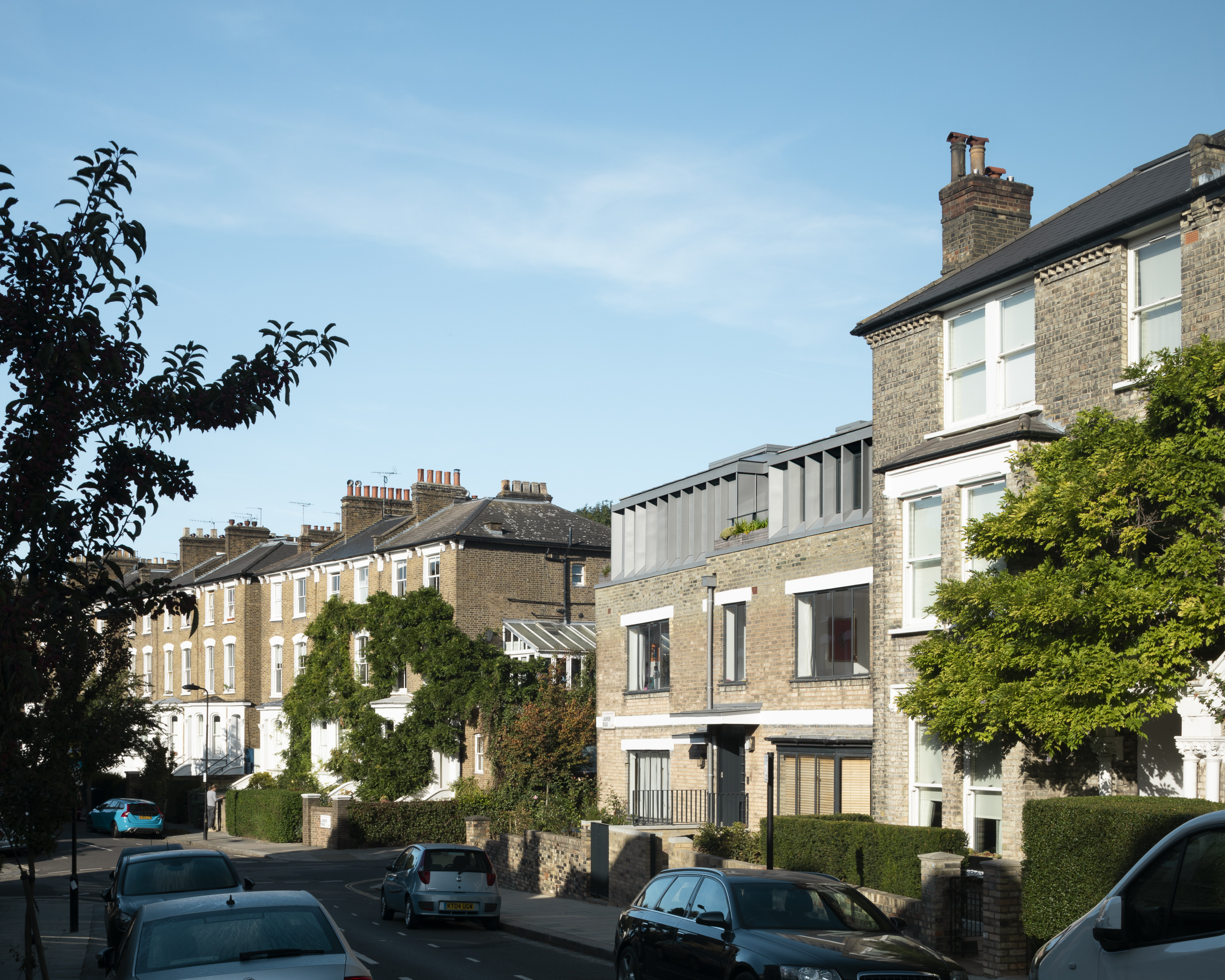
Laurier Road by Richard Keep Architects
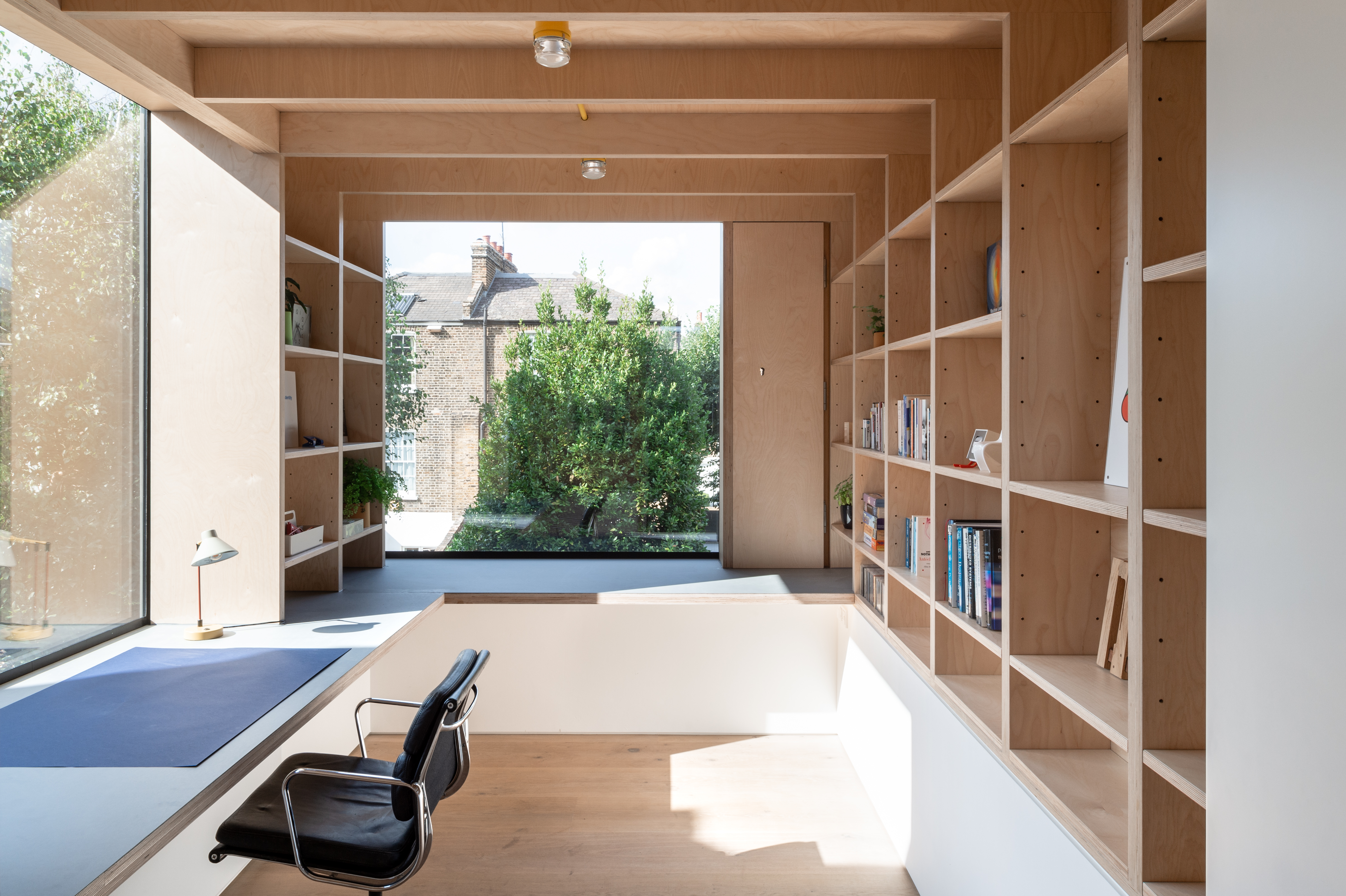
Lawford Road by by OEB Architects. Photography: French + Tye
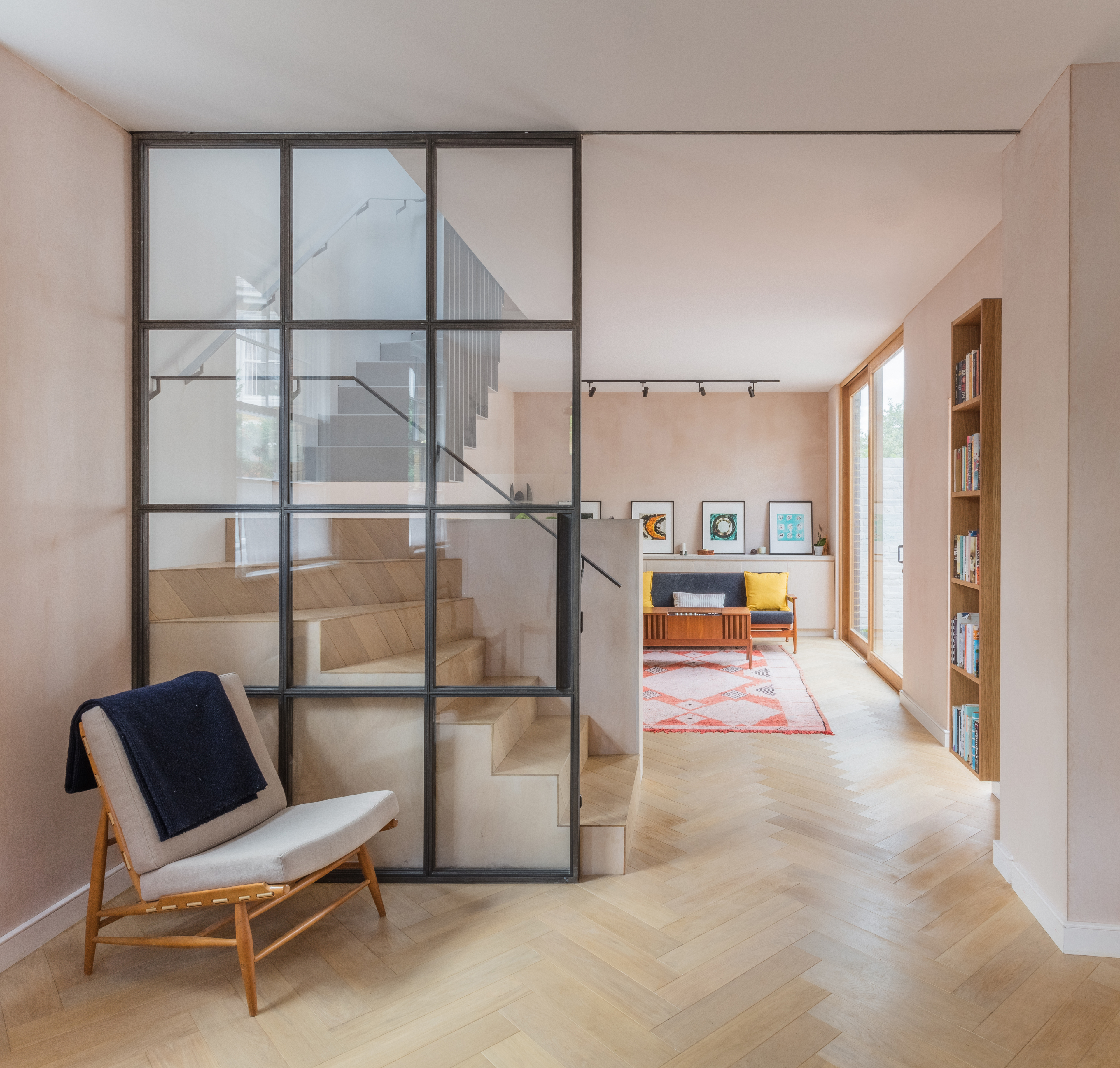
Love Walk by Vine Architecture Studio.

Soffitt House by Proctor and Shaw. Photography: Radu Palicica
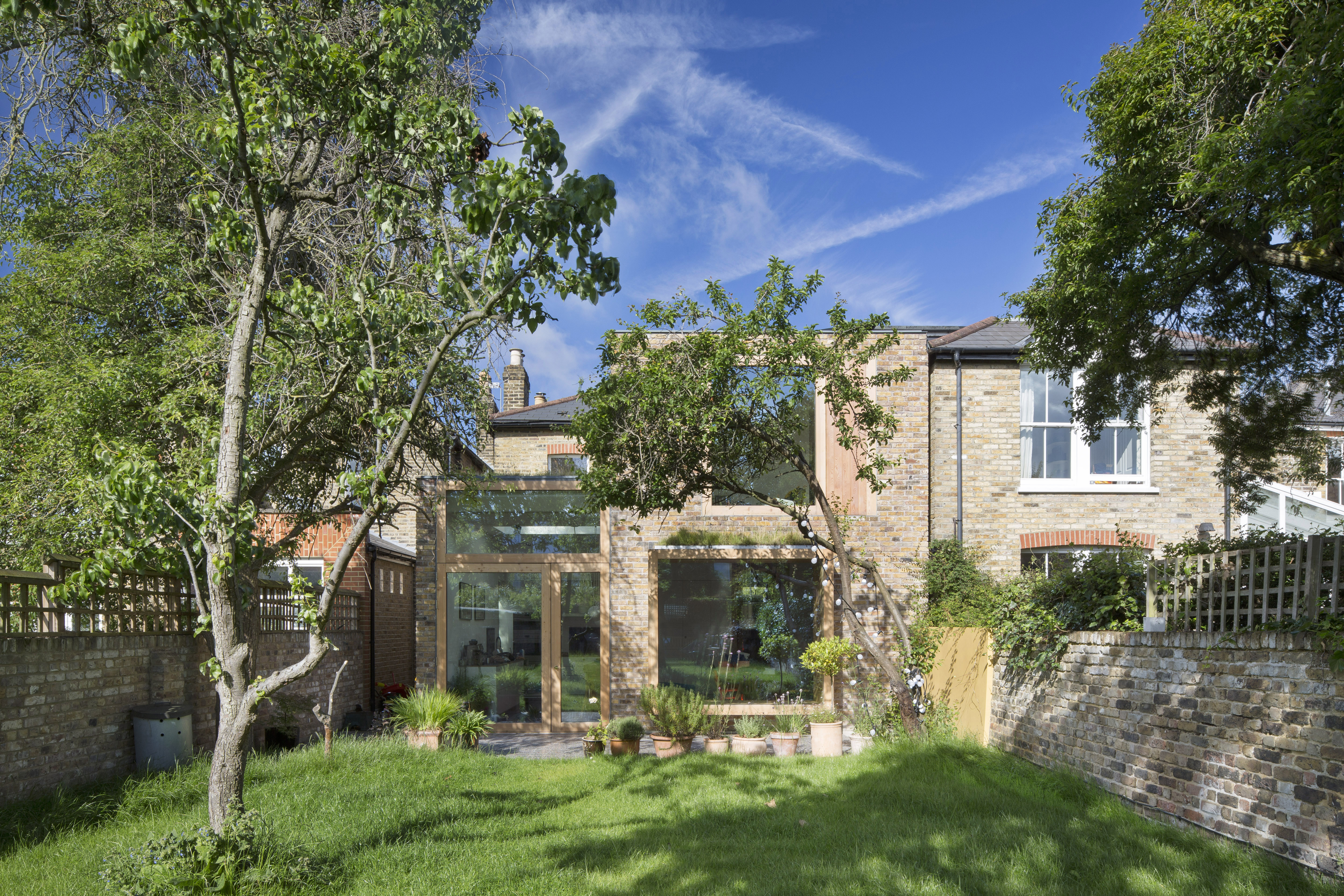
The Rylett House by Studio 30 Architects.
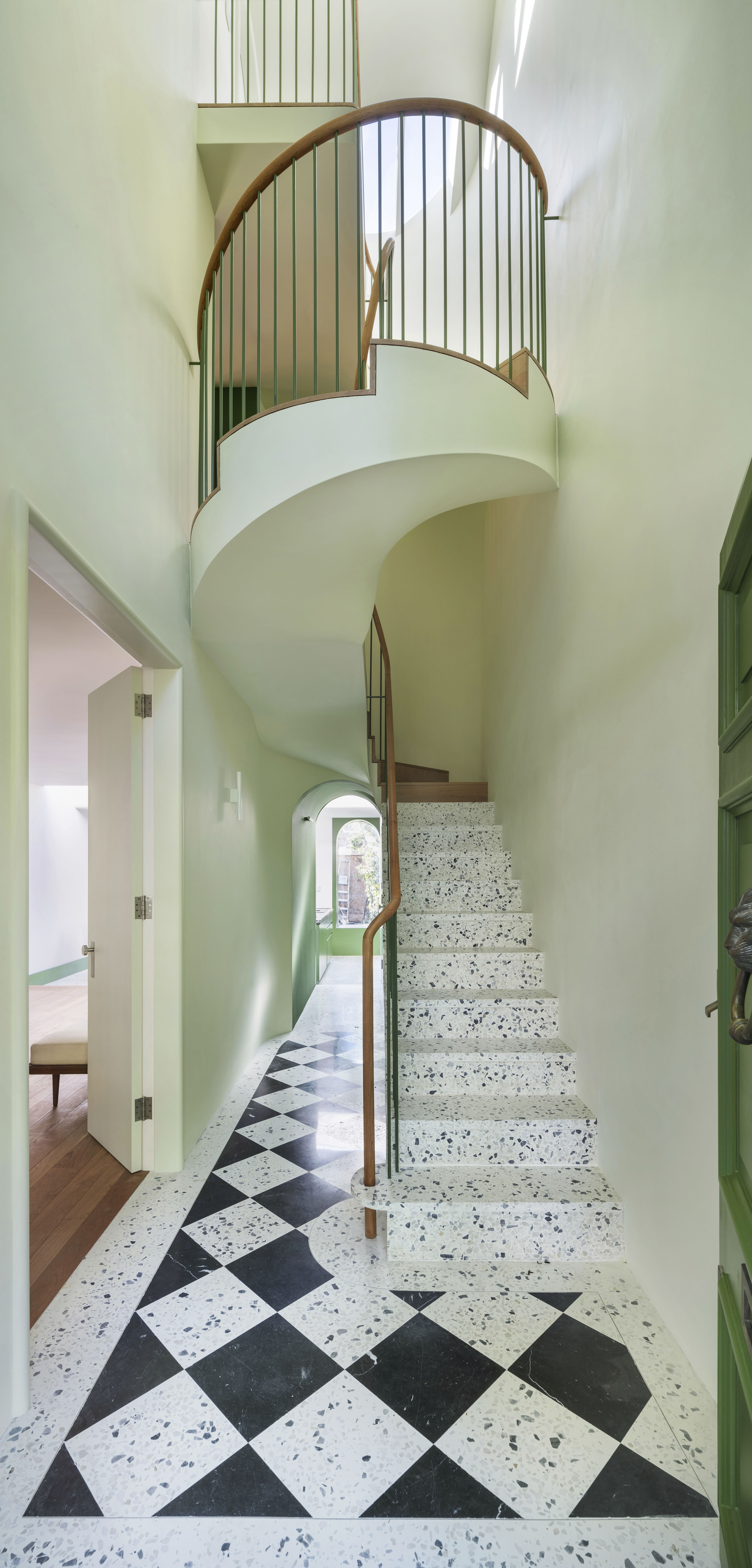
White Rabbit House by Gundry + Ducker.
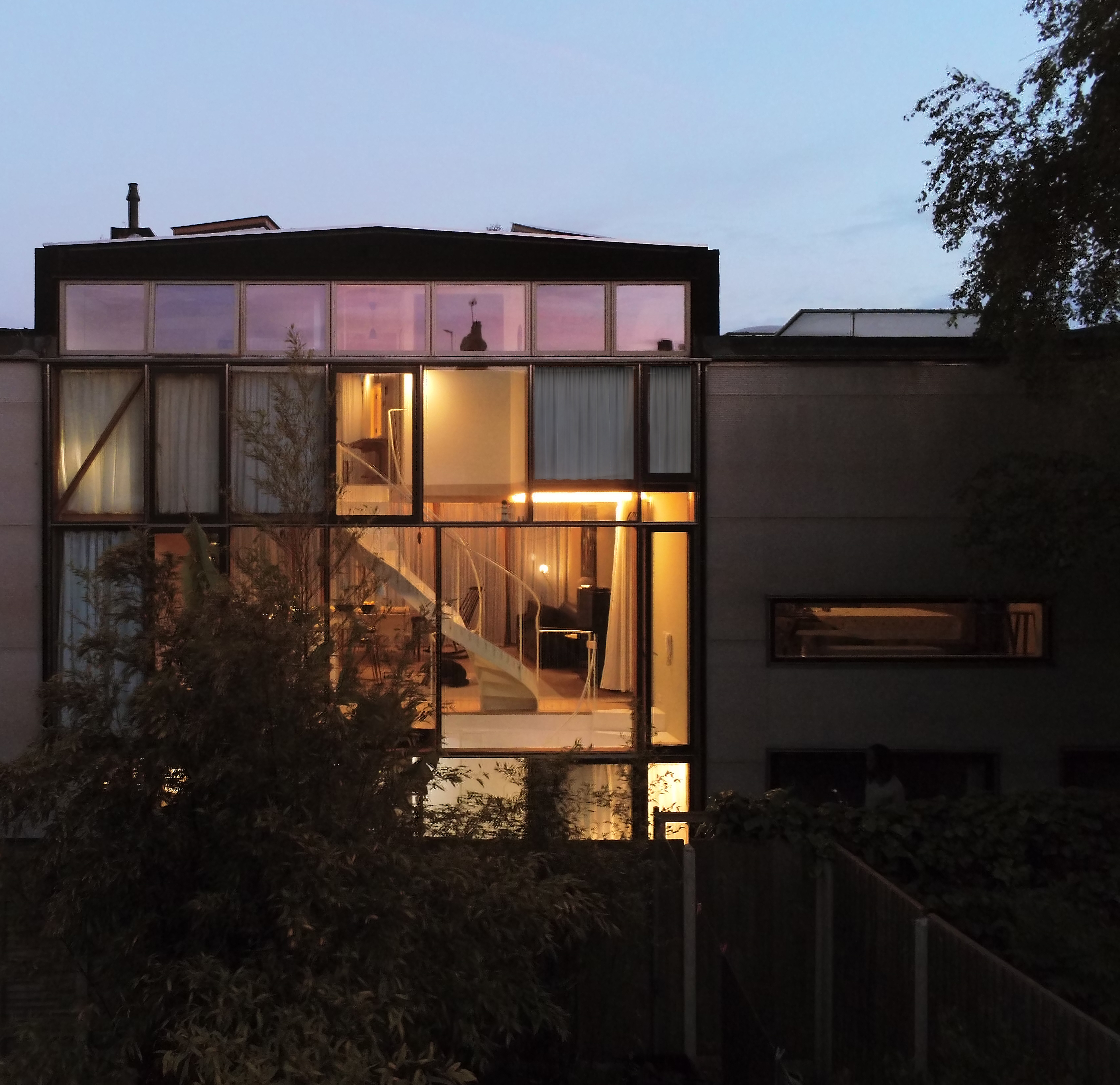
Three Rooms Under A New Roof by Ullmayer Sylvester Architects.
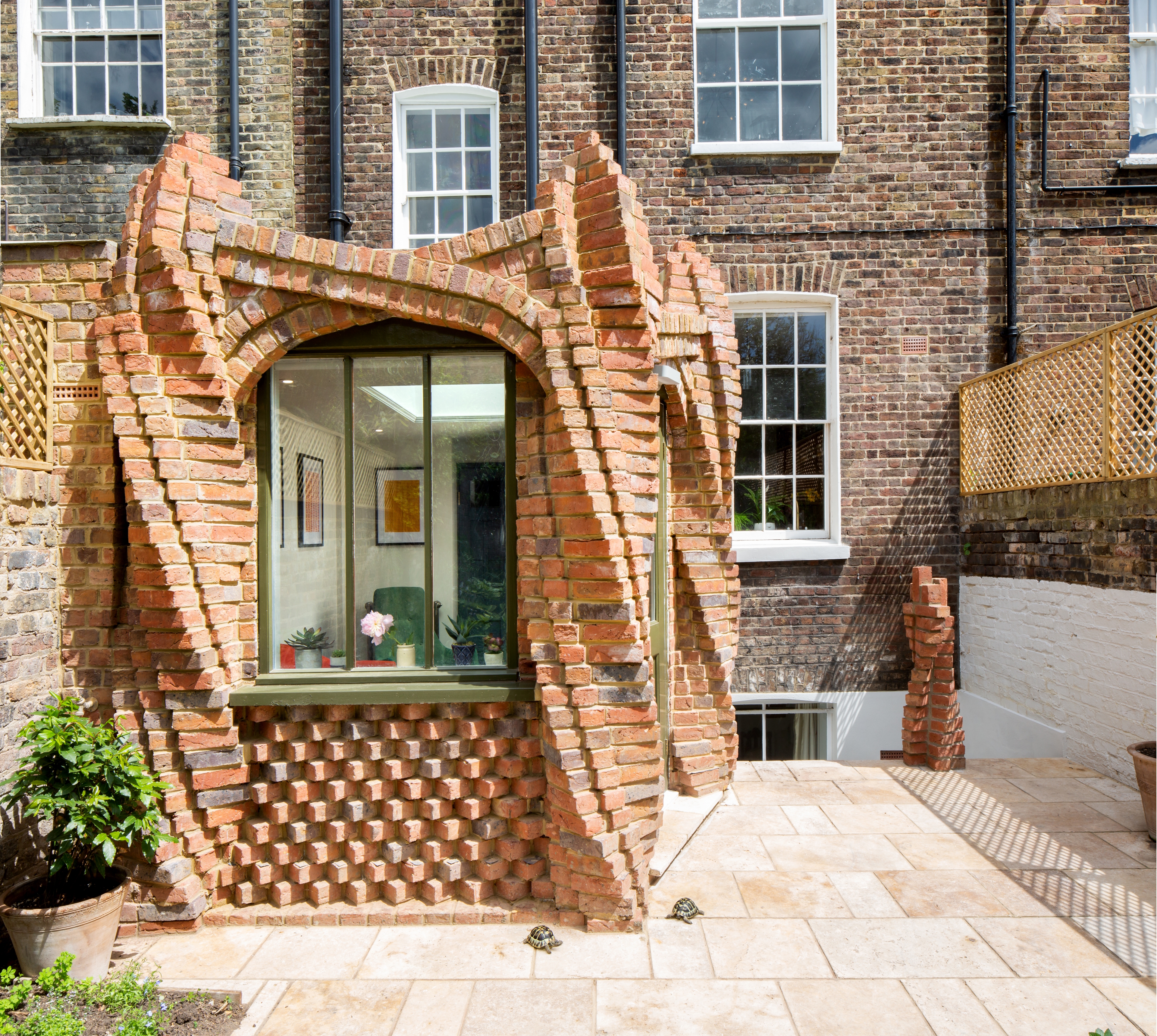
Twist House by Urban Mesh Design.
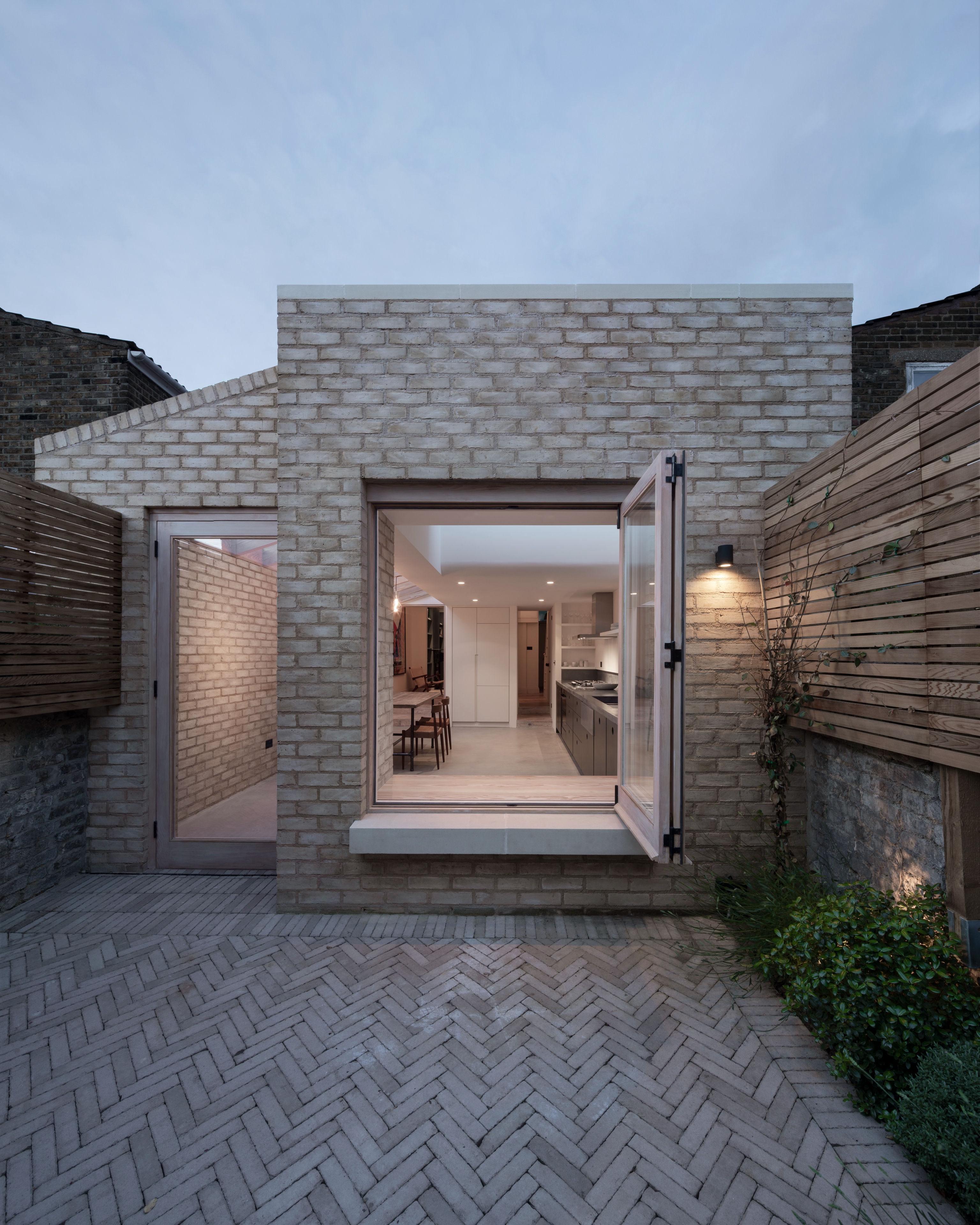
Vestry Road by Oliver Leech Architects.
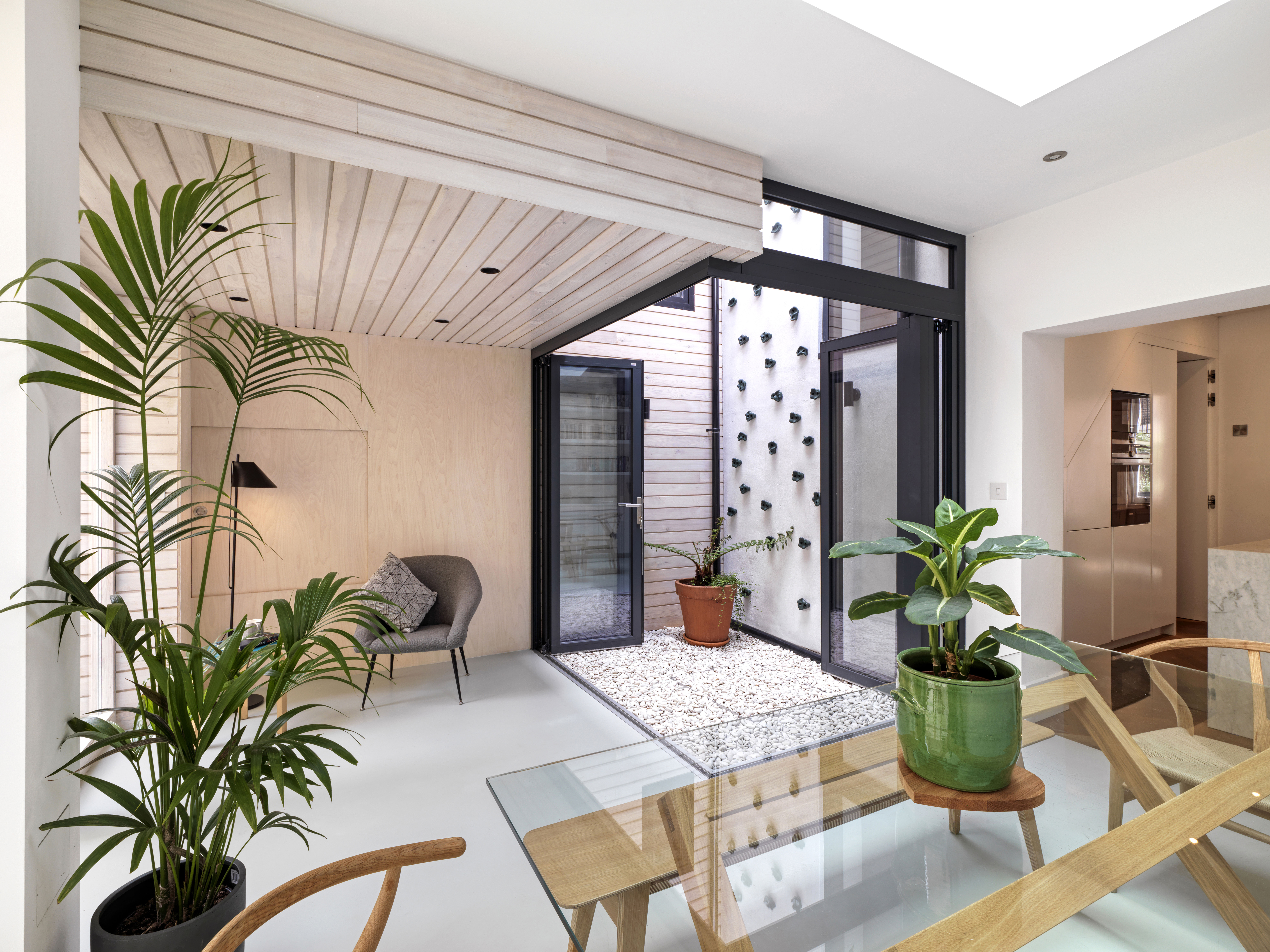
Victoria Park Road Ii by ZCD Architects.
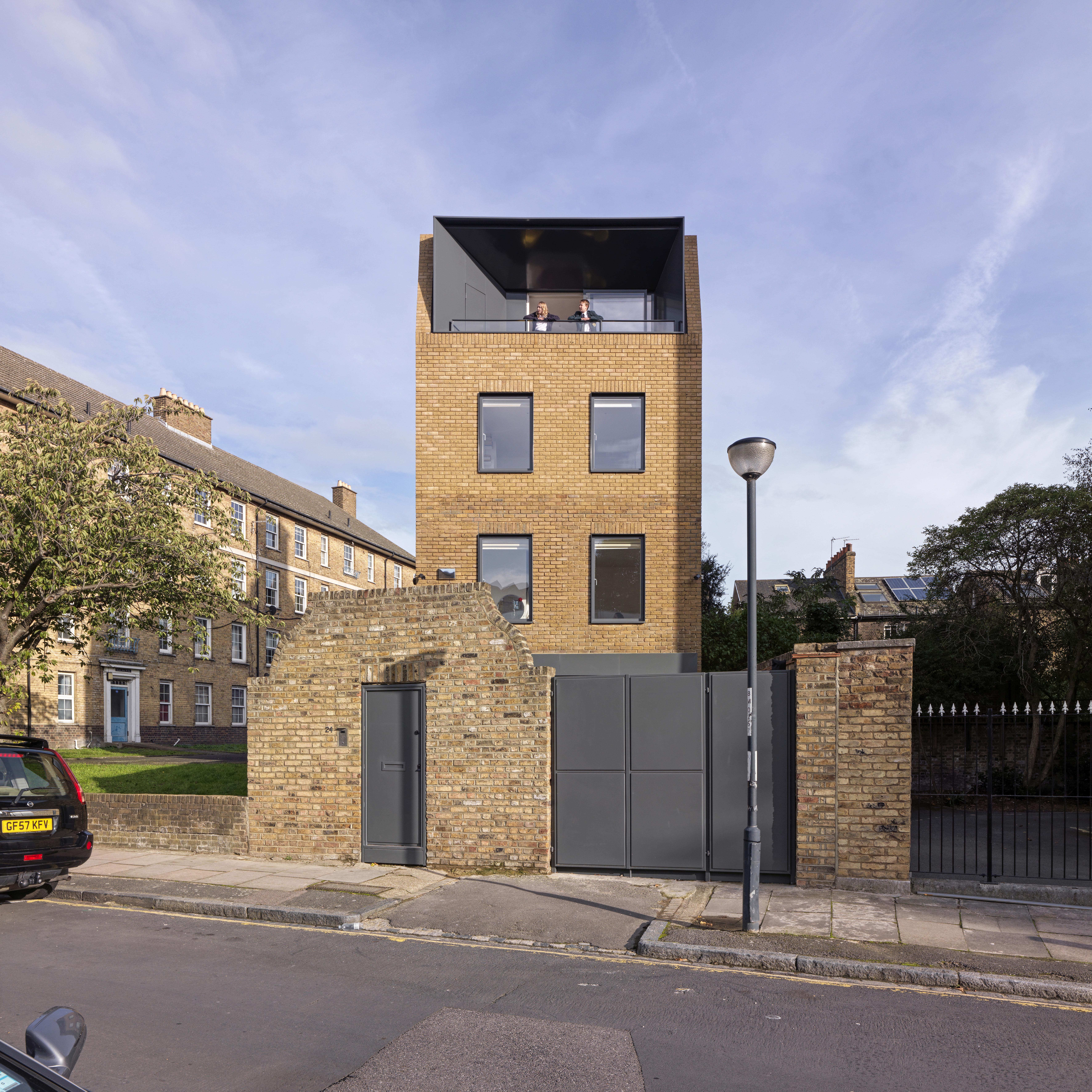
Cloak House by Threefold Architects.
INFORMATION
Wallpaper* Newsletter
Receive our daily digest of inspiration, escapism and design stories from around the world direct to your inbox.
Ellie Stathaki is the Architecture & Environment Director at Wallpaper*. She trained as an architect at the Aristotle University of Thessaloniki in Greece and studied architectural history at the Bartlett in London. Now an established journalist, she has been a member of the Wallpaper* team since 2006, visiting buildings across the globe and interviewing leading architects such as Tadao Ando and Rem Koolhaas. Ellie has also taken part in judging panels, moderated events, curated shows and contributed in books, such as The Contemporary House (Thames & Hudson, 2018), Glenn Sestig Architecture Diary (2020) and House London (2022).
-
 The Lighthouse draws on Bauhaus principles to create a new-era workspace campus
The Lighthouse draws on Bauhaus principles to create a new-era workspace campusThe Lighthouse, a Los Angeles office space by Warkentin Associates, brings together Bauhaus, brutalism and contemporary workspace design trends
By Ellie Stathaki
-
 Extreme Cashmere reimagines retail with its new Amsterdam store: ‘You want to take your shoes off and stay’
Extreme Cashmere reimagines retail with its new Amsterdam store: ‘You want to take your shoes off and stay’Wallpaper* takes a tour of Extreme Cashmere’s new Amsterdam store, a space which reflects the label’s famed hospitality and unconventional approach to knitwear
By Jack Moss
-
 Titanium watches are strong, light and enduring: here are some of the best
Titanium watches are strong, light and enduring: here are some of the bestBrands including Bremont, Christopher Ward and Grand Seiko are exploring the possibilities of titanium watches
By Chris Hall
-
 A new London house delights in robust brutalist detailing and diffused light
A new London house delights in robust brutalist detailing and diffused lightLondon's House in a Walled Garden by Henley Halebrown was designed to dovetail in its historic context
By Jonathan Bell
-
 A Sussex beach house boldly reimagines its seaside typology
A Sussex beach house boldly reimagines its seaside typologyA bold and uncompromising Sussex beach house reconfigures the vernacular to maximise coastal views but maintain privacy
By Jonathan Bell
-
 This 19th-century Hampstead house has a raw concrete staircase at its heart
This 19th-century Hampstead house has a raw concrete staircase at its heartThis Hampstead house, designed by Pinzauer and titled Maresfield Gardens, is a London home blending new design and traditional details
By Tianna Williams
-
 An octogenarian’s north London home is bold with utilitarian authenticity
An octogenarian’s north London home is bold with utilitarian authenticityWoodbury residence is a north London home by Of Architecture, inspired by 20th-century design and rooted in functionality
By Tianna Williams
-
 What is DeafSpace and how can it enhance architecture for everyone?
What is DeafSpace and how can it enhance architecture for everyone?DeafSpace learnings can help create profoundly sense-centric architecture; why shouldn't groundbreaking designs also be inclusive?
By Teshome Douglas-Campbell
-
 The dream of the flat-pack home continues with this elegant modular cabin design from Koto
The dream of the flat-pack home continues with this elegant modular cabin design from KotoThe Niwa modular cabin series by UK-based Koto architects offers a range of elegant retreats, designed for easy installation and a variety of uses
By Jonathan Bell
-
 Are Derwent London's new lounges the future of workspace?
Are Derwent London's new lounges the future of workspace?Property developer Derwent London’s new lounges – created for tenants of its offices – work harder to promote community and connection for their users
By Emily Wright
-
 Showing off its gargoyles and curves, The Gradel Quadrangles opens in Oxford
Showing off its gargoyles and curves, The Gradel Quadrangles opens in OxfordThe Gradel Quadrangles, designed by David Kohn Architects, brings a touch of playfulness to Oxford through a modern interpretation of historical architecture
By Shawn Adams